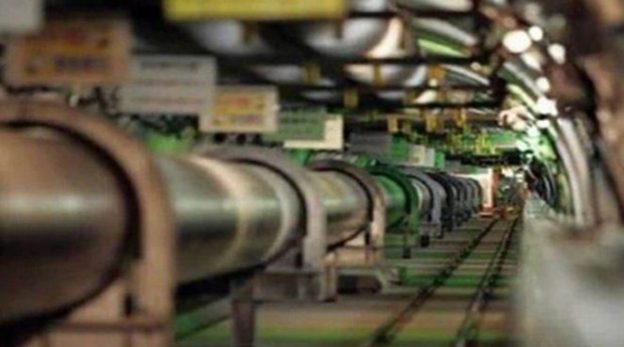India’s drive to decarbonise is ambitious, homegrown, and admirable. It reflects a keen desire to attain global leadership and leapfrog from black to green. The new hydrogen policy is a step in that direction. It is a statement of intent, committing to create an environment conducive to hydrogen production and use. In many ways, it is similar to the renewable energy target announced in 2015.
India already is a world leader in the growth rate of renewable energy. Targets initially proposed have been achieved and bigger ambition articulated. Solar (50 GW) and wind capacity (40 GW) form a significant share in the overall system capacity of 393 GW. Both solar and wind are diurnal and seasonal. The augmentation of renewables is currently largely from thermal plants. As thermal plants are scaled back, the most desirable sources having load following characteristics and a relatively low levelised cost of production will need to be considered. Two such technologies are advanced geothermal systems and small modular nuclear reactors. Each of these near-zero-carbon sources offers the promise of load following, with at-scale costs projected to be under $0.07/kWh.
Load following technologies inevitably imply lower capacity factor (percentage of rated output achieved). One solution is to produce electrolytic hydrogen during the interval they are not required to generate. As the renewables ramp up, the hydrogen from these filler sources will also accelerate. The storage, transportation and use will need to be coordinated with an enabling policy. Also, the reduced capacity factor problem now shifts to the electrolysis equipment. However, these are less likely to be underutilised because of relatively small size and therefore are well suited to the task.
Technologies already exist for small scale economic production of hydrogen from biomass. Therefore, unserved and underserved communities may be serviced through renewable-energy-based microgrids in combination with hydrogen produced from locally sourced biomass.
Additionally, India ought to consider the use of blue hydrogen as a transitional step to green hydrogen. When hydrogen is derived from a fossil fuel, and the resulting carbon emissions are sequestered, it is considered blue hydrogen.
Blue hydrogen is a good complement to the natural gas pipeline infrastructure build. Where possible and desired, for ease of transport, natural gas could be blended with up to 20% hydrogen. This blend can be used for most domestic and industrial applications. In some cases, the pipeline could be repurposed to transport hydrogen alone. If long distance transport is required, consideration could be given to converting to ammonia that has a lower cost per km. In keeping with the GoI policy, the ammonia could be used for green fertiliser manufacture. If pure hydrogen is needed at the destination, the ammonia could easily be dissociated to yield hydrogen.
Also, the scaling back of thermal plants could be coordinated with hydrogen production, thus minimising the impact on mining communities. At the COP26 summit India reportedly forced language on coal towards “phase down” rather than “phase out”. This underlines the need to support coal mining communities. When combined with carbon capture, use and storage, the process will result in a minimal carbon footprint. Ideally, the hydrogen production would be at the mine mouth, with conversion to ammonia also at that location. The transport of hydrogen could be by pipeline, pressurised cylinders, liquid hydrogen or as ammonia, with the last three being on rail cars.
Thus, a more comprehensive view of the sector will incorporate a broader definition of green hydrogen to include zero carbon sources. This will enable large investments in the generation capacity, made over the last decade, to be productively utilised. Current utilisation factors are already below the economic optimal and just above the technical thresholds. Further, regulations for blending hydrogen with piped gas must be considered.
Picking technology winners is fraught with significant risks. Therefore, we recommend that policy and fiscal incentives should be provided fairly and uniformly to other emerging technologies (battery storage, pumped hydro etc.) as well. Funding for research institutes and competitive grants for innovation and entrepreneurship may better serve the societal purpose of least-cost decarbonisation. That will also avoid locking in large investments in yet to be commercialised technologies. An ambition to capture global market is desirable, but risk and rewards need to be efficiently and fairly allocated between the investors and consumers.
Further, specific policies for fuels or technologies should be viewed as part of the larger whole and fit seamlessly into the broader policy framework. The ministry of power initiated the redrafting of the National Electricity Policy in 2021. Specific and standalone interventions for technologies such as hydrogen should ideally be integrated within the broader energy sector policy as it is finalised.
India is proactively developing policies and plans for renewables, electric vehicles, and various storage technologies. The new hydrogen policy is an important step towards a clean energy future with a focus on low-cost renewables. But valid aspirational goals of green hydrogen production and use must be complemented with policy enablers that aid innovation and competition to deliver safe, high quality and reliable energy services at affordable prices.
https://www.financialexpress.com/opinion/stepping-on-the-gas-on-green-hydrogen/2448134/





